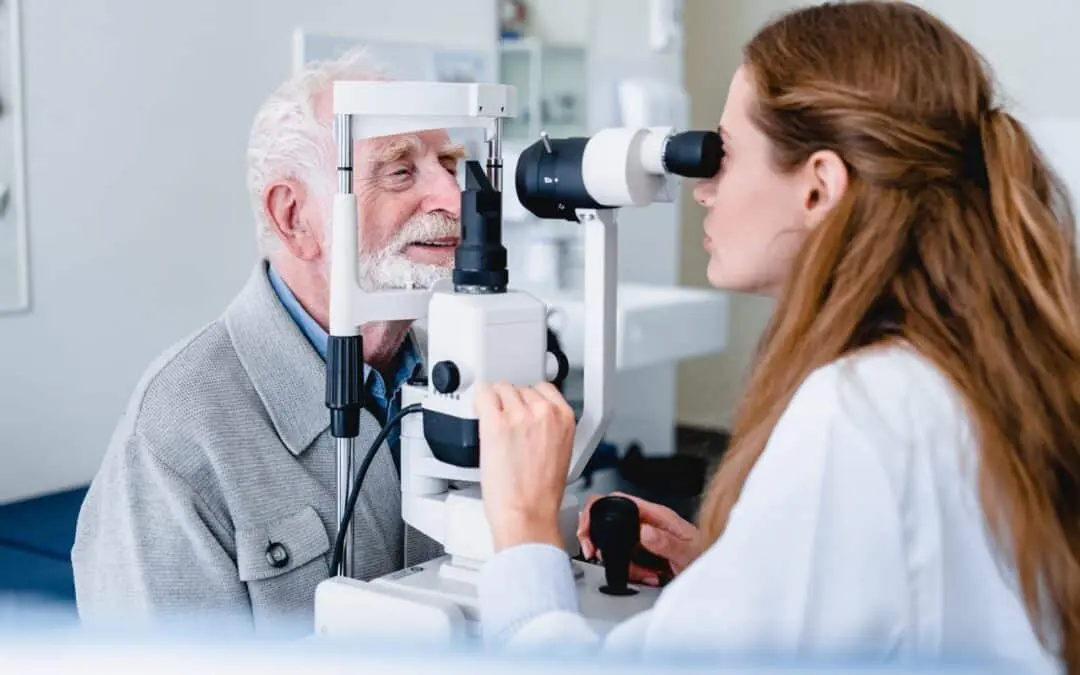All Categories
Featured
Table of Contents
Keeping optimum eye wellness is important for an excellent quality of life, and regular eye exams are a crucial component of that maintenance. Vision changes can occur at any type of age, making it essential to customize eye treatment recommendations to different life phases. Here's a guide on how often eye examinations should be set up for different age teams to ensure the very best possible eye health.
During this see, eye treatment professionals analyze aesthetic skill and check for any kind of developing problems. If no issues are noted, the next eye test must happen before the youngster gets in college, generally around ages 5 or 6.
Moms and dads must stay cautious for signs of vision problems, such as scrunching up your eyes, difficulty concentrating on the chalkboard, or experiencing frustrations. If any of these signs and symptoms occur, it's critical to set up an exam instantly. Normal analyses ensure that kids can perform well academically and take part fully in activities like sporting activities.
![]()
Throughout young adulthood, people commonly experience fewer significant modifications in vision, but normal eye exams remain vital. Young person must have detailed eye exams every two years. Those with danger factors, such as a family background of eye illness, diabetic issues, or constant call lens usage, might need annual check-ups.
Young people are commonly based on electronic eye strain because of extended use smart devices and computers. Symptoms like dry skin, fatigue, and obscured vision may occur from extreme screen time. If these signs linger, getting in touch with an eye care professional can cause tailored solutions, such as computer glasses or recommendations for way of life adjustments.
For people with underlying health and wellness problems, such as hypertension or diabetes mellitus, even more constant tests might be needed. Normal monitoring is important for taking care of these problems and guaranteeing that any type of possible eye health concerns are attended to quickly.
Elders might likewise experience adjustments in their ability to see in reduced light or differences in shade understanding. Regular examinations allow eye treatment experts to monitor these adjustments and give suitable interventions, guaranteeing senior citizens maintain their freedom and lifestyle.
Newborns and Toddlers (0-2 Years)
Eye health begins at birth. It is vital for parents to ensure their infants and toddlers receive ideal eye care. The American Academy of Pediatric medicine recommends that babies have their initial extensive eye exam at around 6 months of age. This first assessment can assist identify congenital issues, such as cataracts or retinal issues, which may influence a kid's aesthetic development.During this see, eye treatment professionals analyze aesthetic skill and check for any kind of developing problems. If no issues are noted, the next eye test must happen before the youngster gets in college, generally around ages 5 or 6.
Day Care Center and School-Aged Children (3-18 Years)
Youngsters ages three to 18 ought to undergo normal eye tests every one to two years. Schools frequently conduct basic vision testings, these do not change extensive examinations done by eye treatment specialists. A detailed eye test reviews not only visual skill but also eye control, tracking skills, and overall eye wellness.Moms and dads must stay cautious for signs of vision problems, such as scrunching up your eyes, difficulty concentrating on the chalkboard, or experiencing frustrations. If any of these signs and symptoms occur, it's critical to set up an exam instantly. Normal analyses ensure that kids can perform well academically and take part fully in activities like sporting activities.
Young Person (19-39 Years)

Throughout young adulthood, people commonly experience fewer significant modifications in vision, but normal eye exams remain vital. Young person must have detailed eye exams every two years. Those with danger factors, such as a family background of eye illness, diabetic issues, or constant call lens usage, might need annual check-ups.
Young people are commonly based on electronic eye strain because of extended use smart devices and computers. Symptoms like dry skin, fatigue, and obscured vision may occur from extreme screen time. If these signs linger, getting in touch with an eye care professional can cause tailored solutions, such as computer glasses or recommendations for way of life adjustments.
Grownups (40-64 Years)
Entering middle age causes more visible changes in vision, particularly the beginning of presbyopia, which influences the capability to concentrate on close objects. Grownups aged 40 to 64 must have eye tests every one to 2 years. This age team is additionally at a greater threat for creating conditions such as glaucoma, cataracts, and age-related macular deterioration.For people with underlying health and wellness problems, such as hypertension or diabetes mellitus, even more constant tests might be needed. Normal monitoring is important for taking care of these problems and guaranteeing that any type of possible eye health concerns are attended to quickly.
Seniors (65 Years and Older)
For elders, the requirement for routine eye tests comes to be even extra important because of an increased risk of age-related eye diseases. It is normally recommended that individuals aged 65 and older have an eye examination a minimum of once a year. Early discovery of conditions like cataracts, glaucoma, and macular deterioration is essential for preventing vision loss.Elders might likewise experience adjustments in their ability to see in reduced light or differences in shade understanding. Regular examinations allow eye treatment experts to monitor these adjustments and give suitable interventions, guaranteeing senior citizens maintain their freedom and lifestyle.
Verdict.
Comprehending the ideal routine for eye examinations based on age is important for preserving eye wellness and guaranteeing clear vision throughout life. By prioritizing eye treatment and adhering to suggested exam timetables, individuals can take positive steps to safeguard their vision and improve their overall health.Latest Posts
The Deauville Inn: A Bayside Heritage
Published Apr 10, 25
1 min read
Commemorate Life's Minutes at Deauville Inn
Published Apr 08, 25
1 min read
A Trip Via Time at the Deauville Inn
Published Apr 08, 25
1 min read